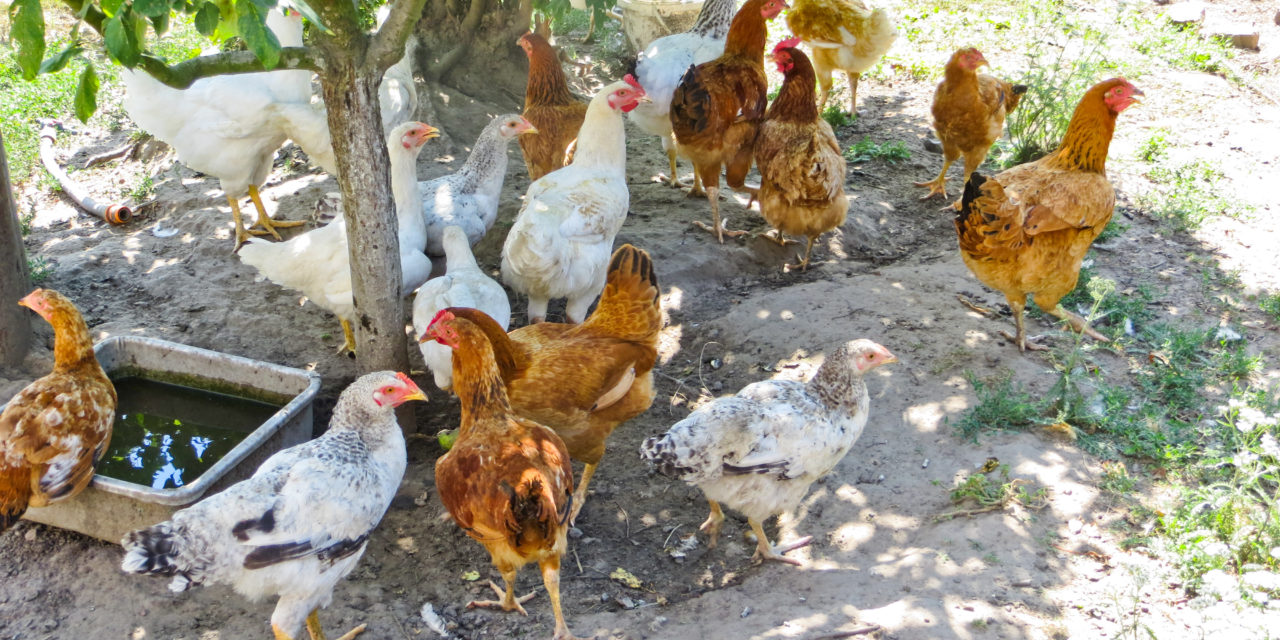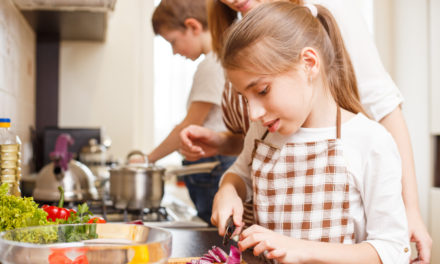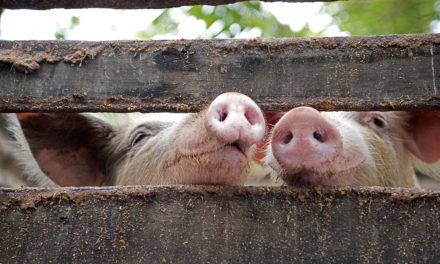
You are covered in feathers, you don’t sweat to cool your body, so you stand around with your wings out and pant and in all this heat and humidity, your human expects you to lay her an egg a day! What’s a girl to do?
Its summer time and it takes superior poultry skills to keep your hens laying eggs when they are struggling in the heat. I love learning about poultry. There is an amazing amount of information available on proper chicken care so let’s discuss how to keep our girls (and the roosters too) healthy and productive during hot weather. I wrote a blog with general tips on how to keep them happy which you will find in other blogs but I have recently learned some exciting new tips about summer feeding.
When it’s hot and humid, the hen tends to eat less. Makes sense. But they still need a certain level of protein to keep producing eggs. What to do? I have been doing these tricks for years without knowing the poultry science behind it.
Chickens evolved in a jungle setting that offered a tremendous variety of plants and insect and small mammal proteins. If your birds are confined for even a part of the day, or spend the whole day free-ranging, they still need that basic nutrition which includes carbs for energy, a complete protein and a complex combination of vitamins and minerals. It is amazing to me how many serious health issues for chickens can be traced back to a lack of some trace mineral or vitamin.
Here are the changes I make for my summer chicken feeding program.
1. I never, never, never feed cracked corn when it’s hot! Corn is great to rev up your hens’ metabolism in the winter but the same process may cause them to overheat in summer.
2. I shift from suppling them with on-demand HA Layer Crumbles at 16% protein to a higher protein HA Game Bird Feeder that has from 18% to 22% protein. Since hens eat less in the heat but still need the same amount of protein for egg production, this simple change can maintain their egg laying by upping their protein intake.

3. Frozen treats: I buy cheap, like 27 cent quarts of plain yogurt that I pop into my freezers waiting for the heat of summer. I turn the frozen yogurt out onto a tray and let them enjoy. Since I have a flock of at-point-of-lay pullets within my larger flock, I make sure to break up some for them or the older girls would not share any of this summer delight.
The calcium in the yogurt or frozen milk that is turning sour is a great source of calcium to replace the oyster shell they might not ingest.
4. Frozen melon rinds and cucumbers give them something cold to help bring down their internal body temperatures. This helps them be less stressed which will keep them laying eggs.

I also add a frozen bottle of water to the open-pan waterer I use in summer to keep the water cooler. Doesn’t need to be ice cold but since sufficient water is needed to produce eggs, they will drink more if the water is not too hot.
I know this seems like a lot of extra work, but if you plan ahead, it’s simple to add a treat and replace the standard feed with the gamebird mix. It does make a difference. As I teach seminars at Buchheit, I have met so many of you who are doing a great job with your flocks and herds. Keep up the good work. The fruit of our labors are so worthwhile. Be Blessed! Anne May






